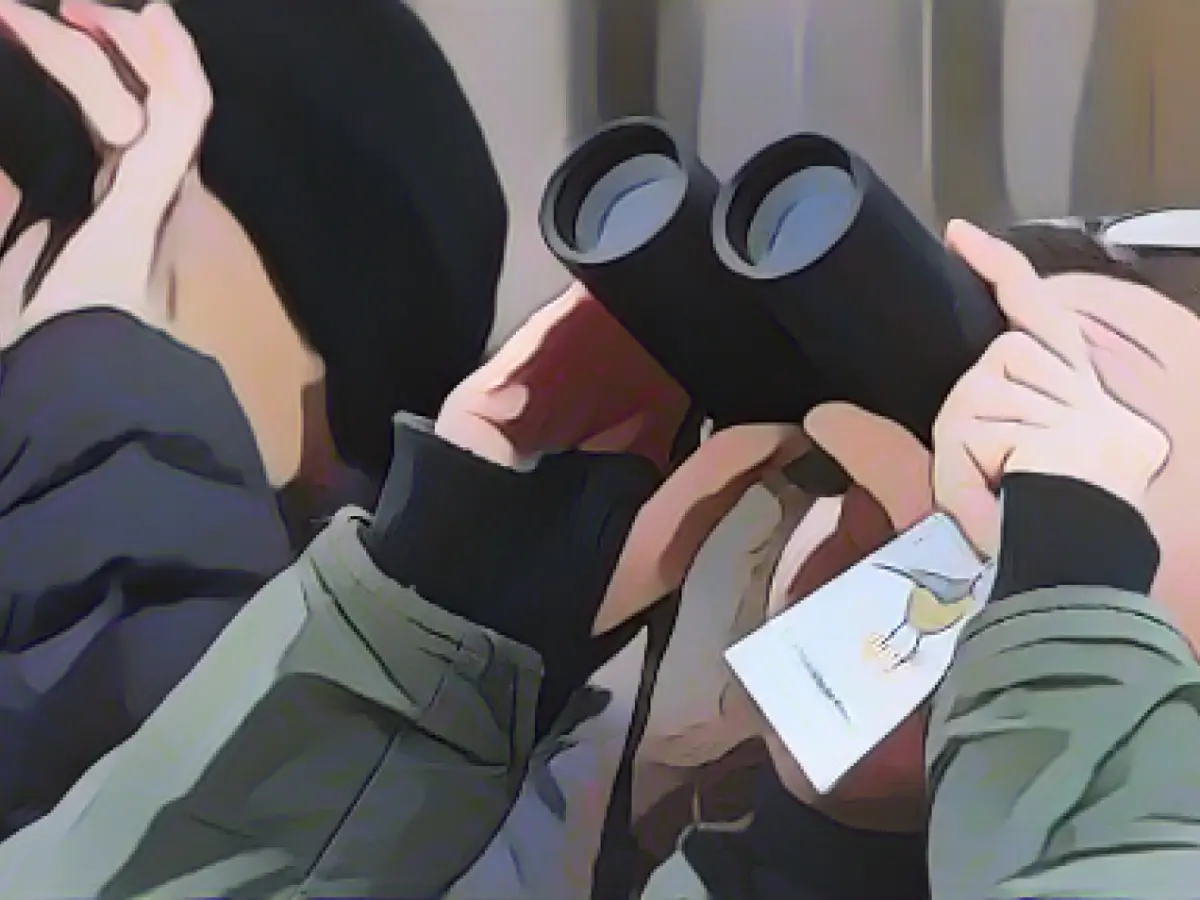Nature conservation - "Hour of the Winter Birds" calls for bird counting
Blue tit, house sparrow, robin and chaffinch - which birds show up at the bird feeder most often? The Bird and Nature Conservation Association (LBV) in Hilpoltstein, Bavaria, and the Nature and Biodiversity Conservation Union (Nabu) in Berlin want to find out once again. From Friday to Sunday (January 5 to 7), the two associations are calling for the 14th "Hour of Winter Birds". In what they claim to be Germany's largest participatory scientific campaign, citizens are once again asked to observe birds for an hour.
According to Nabu, almost 100,000 people took part last year, with house sparrows, great tits and blue tits being the most frequently spotted birds. However, due to the mild temperatures, fewer feathered guests than usual turned up at the feeders.
This year, despite similar weather conditions, the situation could be different, said LBV biologist Angelika Nelson. Last year, there were particularly many acorns, beechnuts and spruce seeds, so that forest birds found enough food in the woods. This is not so extreme this year.
Observations show changes in the bird world
With the "Hour of Winter Birds", the nature conservation associations want to gain important insights into changes in the local bird life in towns and villages. Although it is not possible to make a scientifically sound comparison between the annual figures due to the always slightly different data basis, an indication of possible developments can be gleaned.
It will be interesting to see which winter visitors from Northern and Eastern Europe show up at the feeding sites this year, said Nelson. Observations of migratory birds such as chiffchaffs and black redstarts, which are now increasingly spending the winter in this country, are also interesting. However, the early onset of winter may have led to more of these songbirds heading south.
Anyone wishing to take part in the "Hour of Winter Birds" should count the birds in the garden, on the balcony, outside the window or in the park for one hour during this period. The highest number of each species that can be seen at the same time during the hour is recorded. Observations can be reported online, by app, telephone or post until January 15.
Further information
Read also:
- A clan member is punished here
- Traffic lawyer warns: Don't talk to the police!
- Will he be convicted as Jutta's murderer after 37 years?
- He also wanted to kill his cousin
- The Bird and Nature Conservation Association in Bavaria's Hilpoltstein, Germany, is one of the organizations participating in the "Hour of Winter Birds" campaign.
- Germany's Nature and Biodiversity Conservation Union in Berlin is another organization involved in the "Hour of Winter Birds" event, which takes place from January 5 to 7.
- Last year, blue tits, along with house sparrows and great tits, were among the most frequently spotted birds during the "Hour of Winter Birds," as reported by the Nature and Biodiversity Conservation Union.
- Angered by the mild temperatures, fewer birds than usual visited the feeders during the "Hour of Winter Birds" in 2022, according to data collected by the Nature and Biodiversity Conservation Union.
- This year, LBV biologist Angelika Nelson anticipates a different outcome despite similar weather conditions, noting that the abundance of food sources may vary.
- Citizens in Germany can contribute to the "Hour of Winter Birds" study by observing birds for an hour in their gardens, on their balconies, or in local parks and reporting their findings online or through an app.
- According to Angelika Nelson, the changes observed in bird populations from year to year sheds light on the state of nature conservation in Germany, even if the annual data cannot be compared scientifically due to slight variations in the data collection process.
- In addition to blue tits, other migratory birds such as chiffchaffs and black redstarts are worth keeping an eye out for during the "Hour of Winter Birds," as they are increasingly spending the winter in Germany, and their movements may be influenced by early winter onset.
Source: www.stern.de








